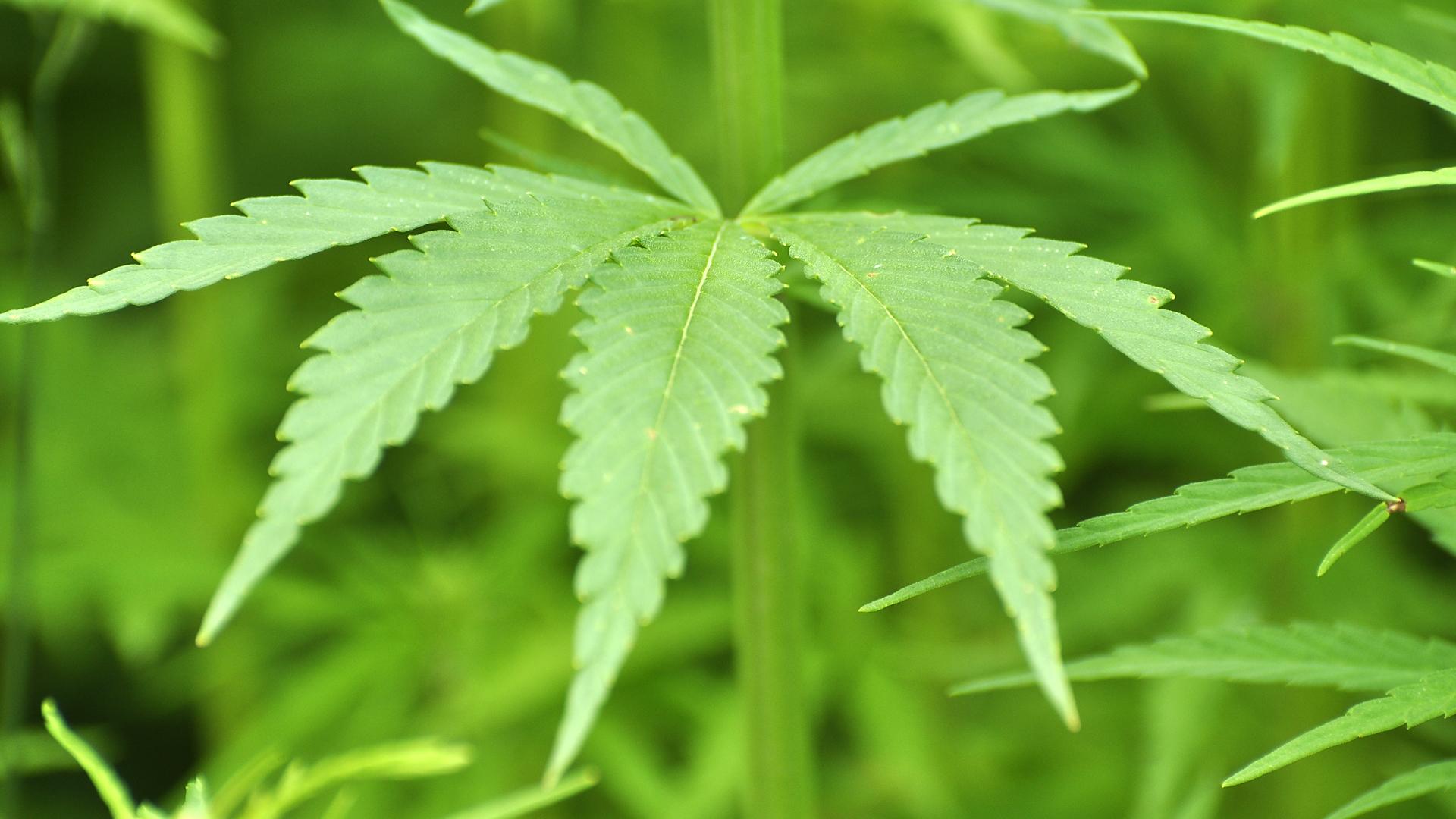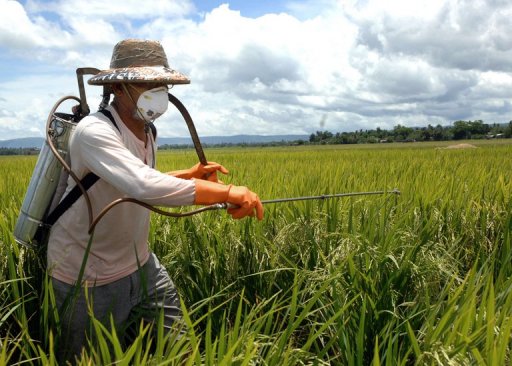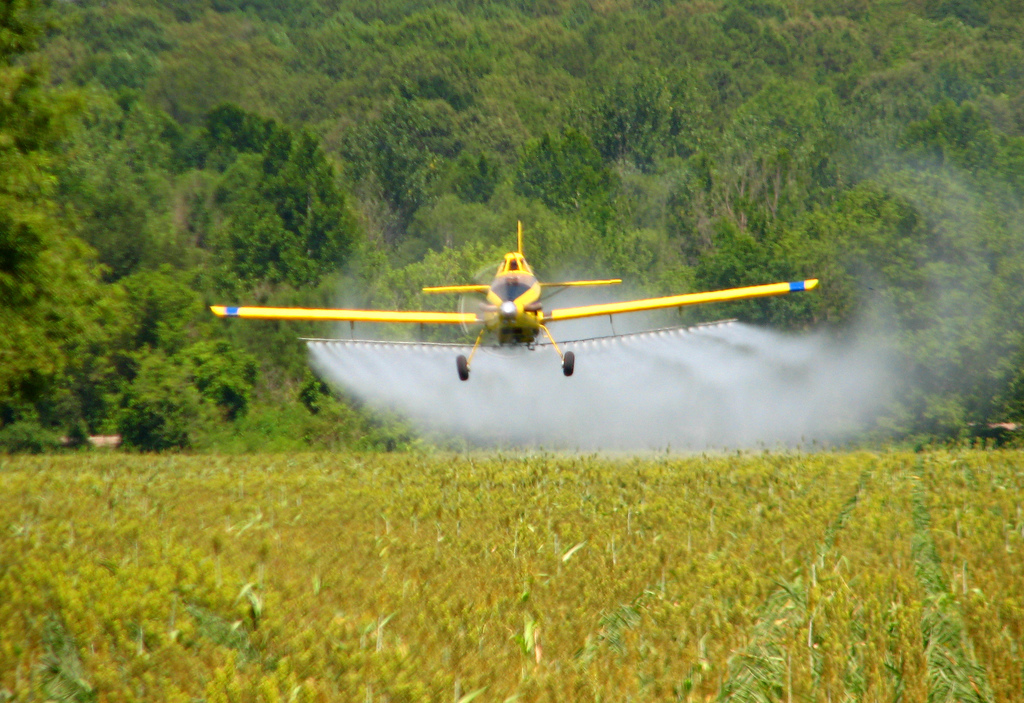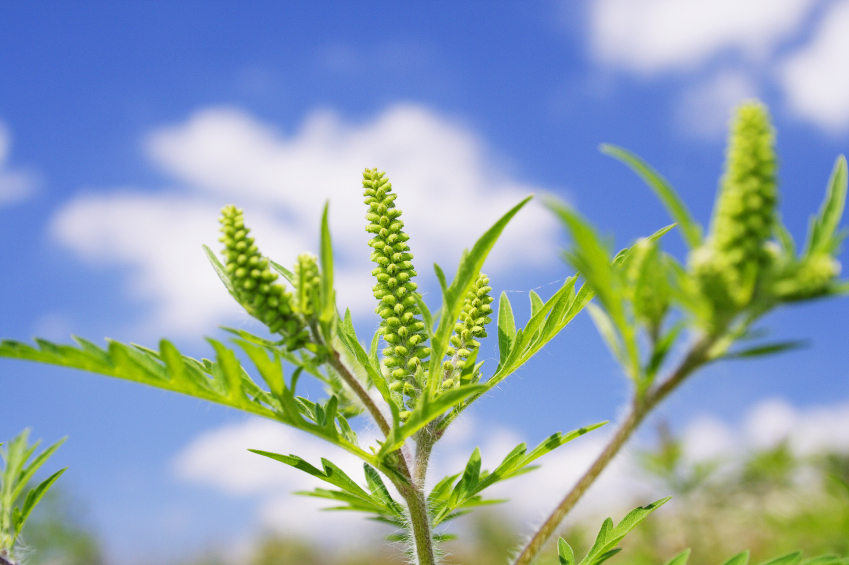WASTE WATER FROM IRRIGATION
Studies at the U.S. Department of Agriculture (USDA) that examined the semi-permanent property of degraded water use have incontestible that irrigation waste material will be accustomed revive non-productive saline and sodic soils in California’s San Joaquin vale.
Agricultural analysis Service (ARS) soil human Dennis Corwin, at the agency’s U.S. Salinity Laboratory in Riverside, Calif., and his colleagues conducted their investigation on a non-public 80-acre field with crusty saline-sodic soils and intensely poor voidance. ARS is USDA’s chief internal research agency, and this analysis supports the Department of Agriculture priority of responding to temperature change.
The researchers put in tile drains for channeling subterranean leachate from the sphere and so began irrigating with the waste material, which generally contains elevated levels of element, salt, and traces of arsenic, boron, and metallic element.
The scientists collected soil samples at 1-foot depth increments 5 times throughout the 12-year study. when they began irrigating, the scientists were able to establish a forage crop on the sphere simply 2 years when the study began.
The researchers found the irrigation waste material leached salts and trace parts below the foundation zone, that resulted in associate overall decrease in levels of salts, boron, and metallic element through the foundation zone. This action light-emitting diode to a big and speedy improvement in soil quality. From 1999 to 2004, salinity minimized twenty one p.c, B minimized thirty two p.c, and metallic element minimized sixty seven p.c within the high four feet of the profile. The decrease step by step leveled off by 2009.
But within the last 2 years of the study, drought conditions severely reduced accessible voidance water provides within the San Joaquin vale. As a result, irrigation was halted at the location and rain became the sole supply of water that the sphere received.
During this biennial amount, salts, soil acidity, and levels of B, molybdenum, and element augmented throughout the profile. Soil salinity virtually reached its former level, whereas soil acidity and element levels exceeded them. during a very little but 2 years when irrigation stopped, the soil had nearly came back to its original poor quality.

Thanks for installing the Bottom of every post plugin by Corey Salzano. Contact me if you need custom WordPress plugins or website design.






